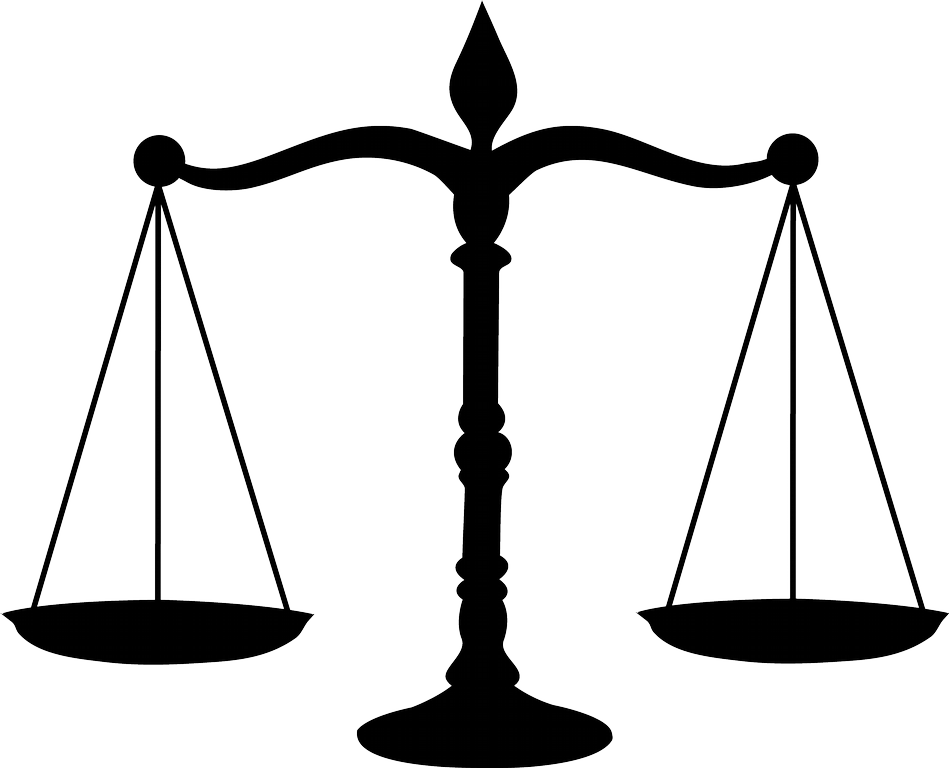Catastrophic Injuries
A catastrophic injury is legally defined as an injury, usually of thecentral nervous system, that leaves the individual unable to performany gainful work. A catastrophic injury is a result of an accident,which means the victim obtained the damages without warning. Asidefrom damages to the central nervous system, catastrophic injuries mayalso include accidental amputation, multiple bone fracture, eyeinjury, severe burns, and organ damage. Catastrophic injuries canlead to permanent and, often, life-long disabilities, and malfunctionof multiple organs, and can shorten the lifespan of the individual.Catastrophic injuries require expensive medication andrehabilitation, often for the rest of the individual's life, causinggreat financial and emotional strain to the family. The injurieslimit, if not, prevent the individual from using major bodilyfunctions and interacting with family and society, leading to loss ofemployment, resulting to low quality of life.
Because of the magnitude of the effect of catastrophic injuries,victims and their families are given the legal right to file claimsand seek compensation for the disabilities. Catastrophic injury law,in general, provides that a victim sustaining catastrophic injuriescan file a claim or sue the person or entity who acted negligently orintentionally resulting to the harm. The main premises, therefore, ofcatastrophic injury law is negligence and intent. The medicaltreatment, rehabilitation and care for the victim of catastrophicinjuries are steep, which means family members take to court theirclaims.
The determination of negligence or intent is crucial in establishinga catastrophic injury claim. Most victims, as a result of theirinjuries, may no longer be able to recall the events that happenedbefore, during, and after the accident, so it would take an ampleamount of time before the complaint can be structured. An expertcatastrophic injury law attorney can speed up the data and evidencegathering process. Moreover, an expert catastrophic injury lawattorney can also help the victim, or, in most cases, the victim'sfamily, seek the damages due to the victim by establishing whetherthe act was negligent or intentional as the difference between thetwo can elevate the claim from a tort claim to a criminal offense.
If it will be known that one party is responsible for thecatastrophic injuries, then it will be easy for the plaintiff toidentify the responsible party. However, many parties may beresponsible for the injuries and an expert catastrophic injury lawattorney will be prudent to name all possible responsible partiesprior to the start of the litigation as the statute of limitationsmay exclude other possible responsible parties, reducing the amountof damages the victim may receive. Other possible liable partieswould include the owner of the vehicle, if the injuries are caused bysuch, or the building, employer, and insurance companies. The lawdoes not leave possible responsible persons unprotected, and, becauseof the possibility of paying huge amounts, they would argue againsttheir liability. It is therefore imperative to hire an attorney whois not just equipped with in-depth knowledge of catastrophic injurylaw but also of litigation tactics.
The bulk of catastrophic injuries litigation involve around the determination of the value of the damages. While every injury isserious to some degree, some victims of catastrophic injuries canrecover with good medical attention. Other victims, on the otherhand, are permanently disabled and suffering. States in the UnitedStates have imposed limits on "non-economic" damages. A catastrophic injury lawyer can help recover the adequate compensationfor the damages that the victim or his family has suffered.

